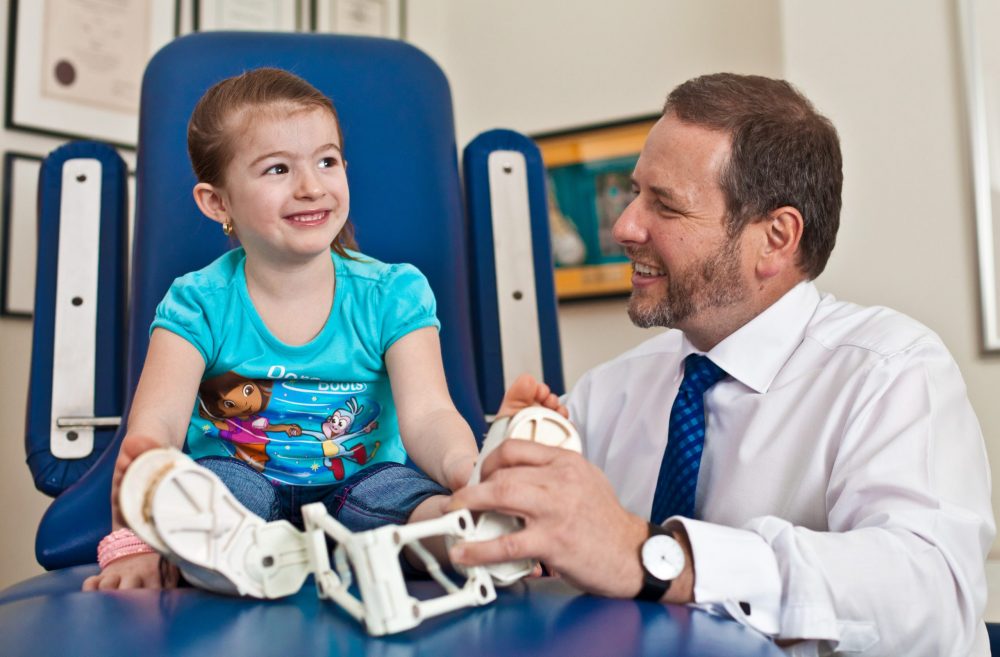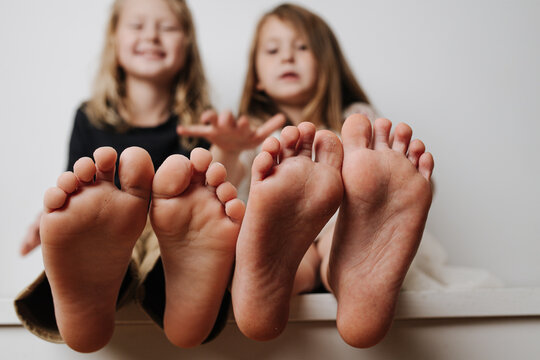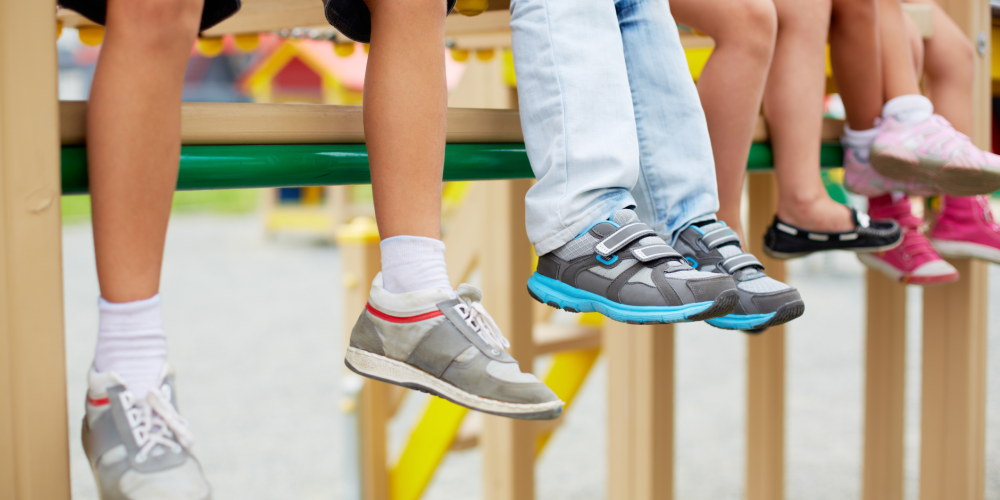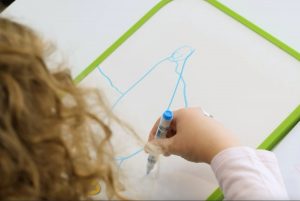Get started on the right foot: When to take your child to see a specialist Podiatrist

WORDS: Andrew van Essen
Podiatric Surgeon and Specialist Podiatrist
When to take your child to see a Specialist Podiatrist
Among the myriad of things that occur during your child’s early years, one of the concerns that parents often have is that their toddlers feet or legs look abnormal or they may seem to trip and fall quite a lot. This can be quite normal as they go through various stages in their development but it can also sometimes be a sign that not all is as it should be.
Feet, knees and legs will change in shape and position as a toddler transitions from crawling to standing, cruising and walking, so the big question is what’s normal for their stage of development. Most adults don’t have perfectly straight toes, feet and legs so some variation from normal is acceptable. It is often difficult to decide what’s too much of a flat foot or intoe or knock knee in a toddler and what is normal for a given age. It is worthwhile getting your child assessed but even then you can sometimes even find differing opinions between health professionals which just adds to the confusion.
We will try and remove some of that confusion and give you some practical advice.

Prior to birth
Prior to birth the position of the baby in the womb, size of the baby and hereditary factors can have an influence on the position and alignment of foot and legs.
All children are checked at birth for congenital abnormalities such as dislocated hips and club foot. It is not uncommon to have a slight twist or turn in their tiny toes, feet or legs. Most of these minor positional anomalies will correct in the first few weeks or may need some stretching and manipulation at nappy changes to further assist correction.
If these deformities persist then treatment with casting and splinting may be required. If casts and splints are required, then earlier is best.

Growth
Growth of children’s feet and legs occur very rapidly in the early years so correction of a deformity occurs best during this period of rapid growth.
In a child, growth in leg length contributes the most to increase in height relative to body length. On average by age 4, a child’s foot will already be half of its adult foot length and their adult foot length is reached by age 14 in girls and age 16 in boys. Research has shown that children’s foot sizes are generally larger than those of a generation ago.
Starting to Walk
Starting to walk is a milestone and an exciting new phase in a child’s development. It is normal for them to be flat footed, bow legged and intoed, in part due to the position of their feet and legs prior to birth but also because this provides a wide stable base to assist their balance.
Over time the knees, legs and feet will change and by four years of age they will appear to have knock knees, the intoe will have reduced or disappeared and the feet will not look so flat.
Normal alignment will occur anywhere from 8-14 years where the knock knees will have straightened and there will be a slight amount of out toe and a normal arch.
A common thing you sometimes hear people say is “don’t worry they will grow out of it”. While this is true in the majority of children, those with feet and legs outside of the normal range of alignment for their age may not. Getting an opinion that is directed by the best available research evidence, from someone who has experience in dealing with children, is the most appropriate course of action for parents who have a concern over their child’s foot and leg development.
“What are the best shoes for my child?”
…is one of the most commonly asked questions.
Unless your child has a foot problem that requires supportive shoes it is best to allow children to go barefoot as much as possible to allow for normal development. Wearing shoes and socks is like putting mittens on your child’s hands. Sensory integration and unrestricted joint movement by feeling the different surfaces they walk on will assist normal foot function. Like mittens in the cold climate, shoes are used to protect feet from the environment and injury.
When shoes are worn they are best to be lightweight, flexible at the ball of the foot, have a firm heel counter and hold on to the foot without restricting function. Toddlers and young children don’t cope well wearing thongs so they are not recommended for extended use, velcro fastened sandals are better.
The shoe has to be appropriate for the activity the child is engaged in; quality sneakers are a good choice as they are lightweight, fasten on to the foot easily and in most cases have a good heel counter and firm shank which are the features you should look for in any shoe.
Shoes should be correctly fitted, too small and they can rub on toes, but allowing too much growing room is also not a good idea as shoes that are too big will also interfere with normal foot function.
Andrew van Essen consults from Prospect and Stirling
To make an appointment:
8344 5690
admin@prospectpodiatry.com







